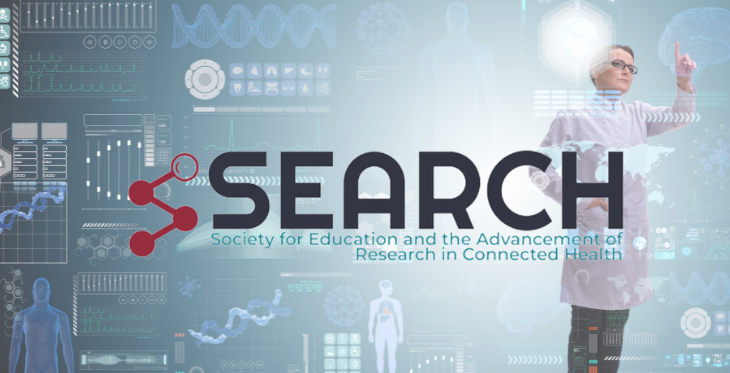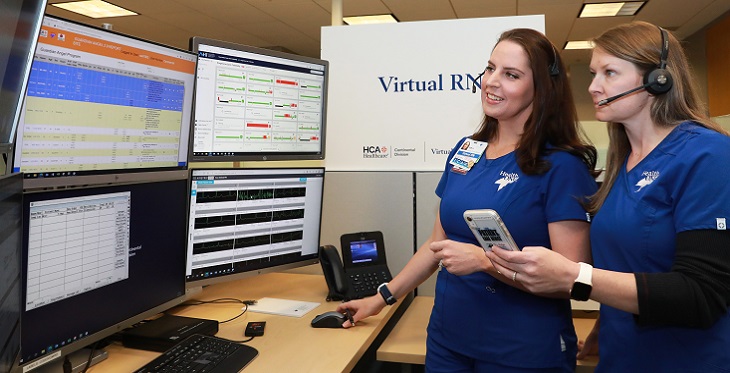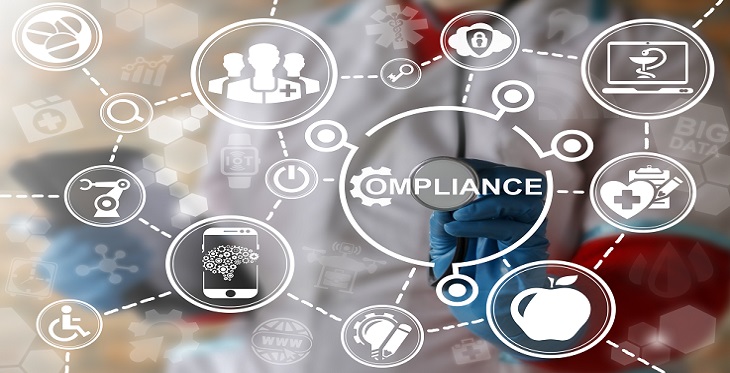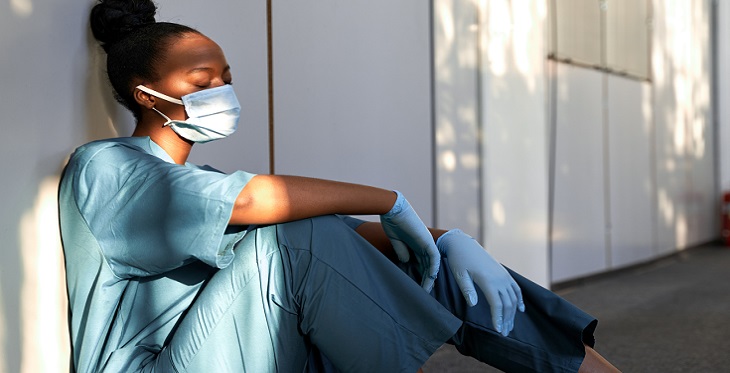Answering the Call for Rural Health Transformation with Digital Health Innovations
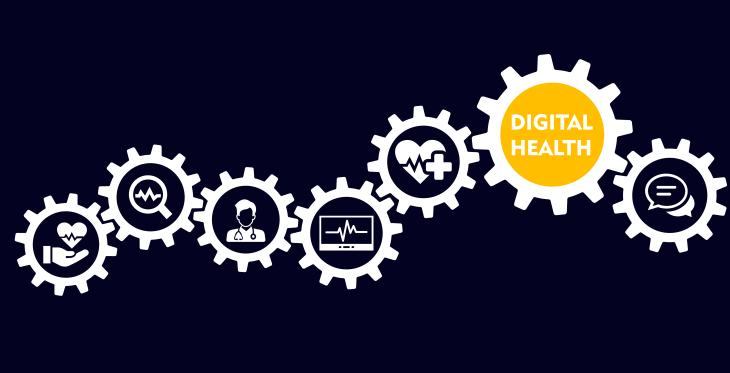
The Centers for Medicare & Medicaid Services’ (CMS) “Rural Health Transformation Program (RHTP),” notice of funding opportunity (NOFO), published September 15, 2025, provides States with an historic funding opportunity that seeks to help them transform healthcare delivery for their rural residents. Each state can separately apply for a portion of $25 billion dollars of “Workload Funding” which is in addition to $25 billion dollars of “Baseline Funding”.


